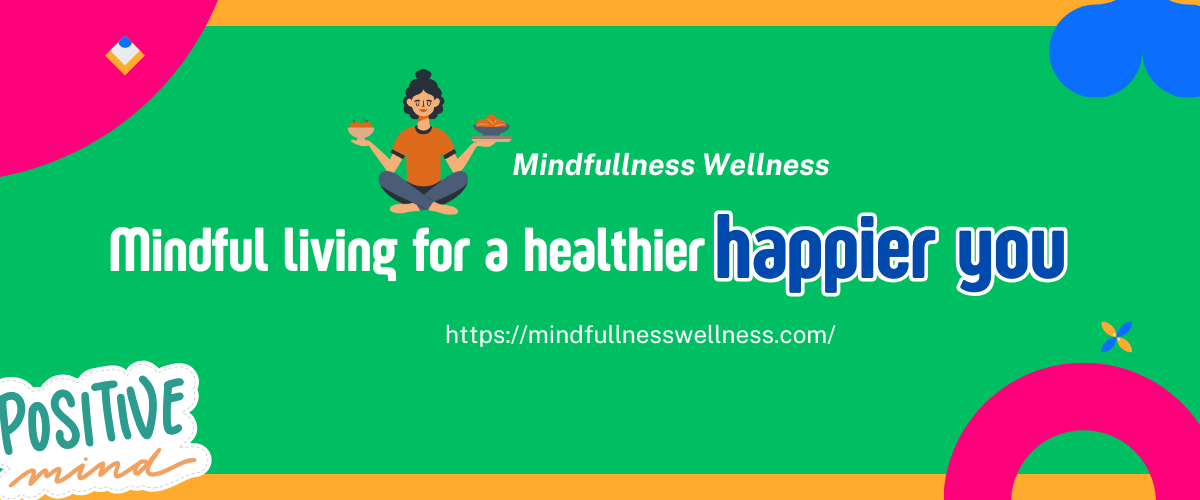Words are powerful—they can build bridges or burn them down. Yet in a world full of distractions, rushed conversations, and emotional reactivity, we often forget the true purpose of communication: to connect, not just to respond.
Practicing mindful communication means bringing your full awareness into a conversation, listening with empathy, and responding with clarity—not out of impulse, but from intention. Whether it’s with your partner, family, friends, or coworkers, this approach can transform how you relate to others—and to yourself.
In this article, we explore the principles and practices of mindful communication to help you create deeper, more respectful, and healthier connections.
🧠 What Is Mindful Communication?
Mindful communication is the practice of being fully present during verbal and nonverbal interactions. It involves conscious listening, thoughtful speaking, and a non-judgmental awareness of your own emotional triggers and patterns.
It’s not just about saying the “right” thing—it’s about saying the real thing with kindness and awareness.
💬 Why Mindful Communication Matters
When we communicate mindlessly—distracted, reactive, or defensive—it can lead to:
- Misunderstandings and conflict
- Emotional disconnection
- Damaged trust
- Lingering resentment
In contrast, mindful communication fosters:
- Emotional safety
- Deeper empathy
- More productive dialogue
- Stronger relationships built on authenticity
Whether you’re navigating tough conversations or simply expressing appreciation, your presence makes all the difference.
🛠️ 5 Practices to Improve Mindful Communication
Here are simple, effective tools to cultivate mindful interactions every day:
1. Pause Before You Speak
Take a breath. That brief moment of silence can prevent reactive words and allow a more thoughtful response to emerge.
Try this:
- Before responding, silently count to 3.
- Notice your physical and emotional state.
- Then choose your words intentionally.
Long-tail Keyword: mindful communication for healthier relationships
2. Listen to Understand, Not Just to Reply
Too often, we listen with the intention to respond—not to understand. Mindful listening means giving your full attention without formulating your next sentence while the other person is still speaking.
How to practice:
- Maintain eye contact
- Don’t interrupt
- Reflect what you hear before responding
- Ask clarifying questions instead of assuming
Listening is one of the most loving things you can offer.
3. Use “I” Statements Instead of Blame
Using “I” statements helps express your feelings without attacking or blaming others.
For example:
Instead of saying:
“You never listen to me!”
Try:
“I feel unheard when I speak and there’s no response.”
This shift reduces defensiveness and opens space for honest dialogue.
Formula:
“I feel [emotion] when [situation], because [reason]. What I need is [request].”
4. Practice Non-Judgmental Awareness
Be aware of your assumptions, emotional reactions, and body language. Mindfulness helps you recognize when your mind is adding a story that may not be true.
Ask yourself:
- Am I responding to what was said—or to what I think was meant?
- Is this feeling based on the present moment—or a past wound?
Bringing awareness to your internal world helps you show up more grounded and clear.
5. End With Appreciation or Presence
No matter the tone of the conversation—challenging or light—close it with something affirming.
Examples:
- “Thank you for sharing honestly.”
- “I’m glad we could talk through this.”
- “I hear you, and I’m still here.”
These closing touches reinforce emotional connection and mutual respect.
🌱 What Happens When You Practice Mindful Communication
You may begin to notice:
- Less frequent arguments
- More emotional openness
- Better understanding of your own needs and boundaries
- Feeling heard—and making others feel heard
- Greater trust and harmony in your relationships
The goal is not perfection, but presence. Over time, mindful communication becomes a way of being, not just a skill.
💡 A Daily Practice to Start Now
Here’s a simple daily exercise to build your mindful communication muscle:
Daily Check-In (5 minutes):
- Ask someone close to you: “How are you really feeling today?”
- Listen without interrupting.
- Reflect back one thing you heard.
- Thank them for sharing—even if it’s hard to hear.
Try this every day for a week and notice how the quality of your connections evolves.







